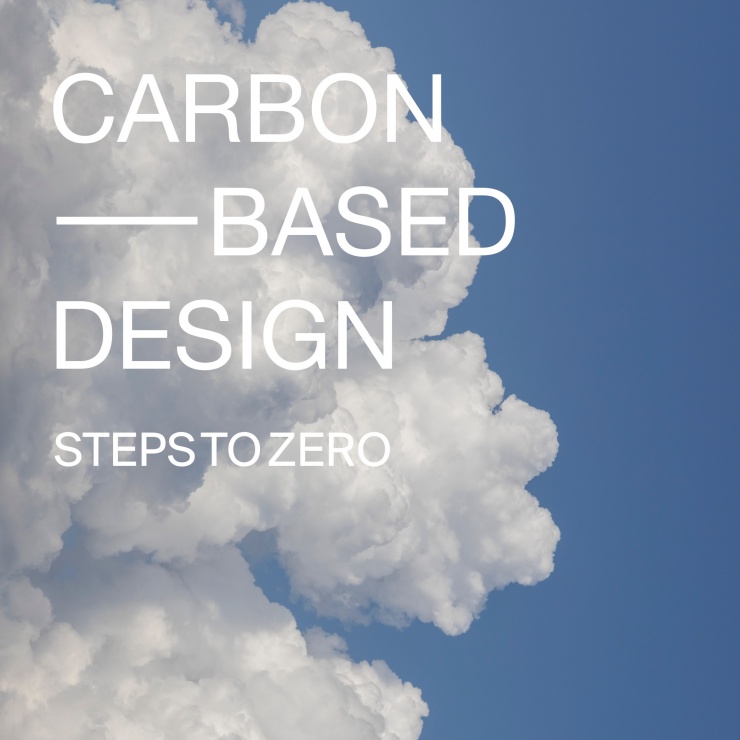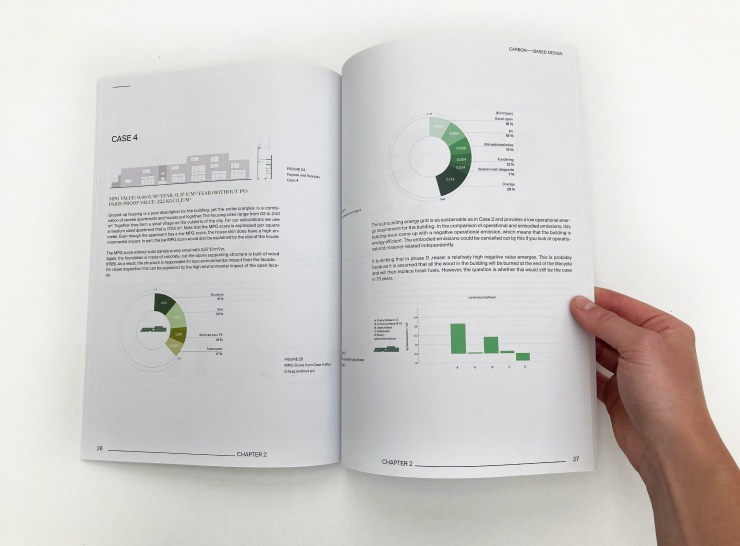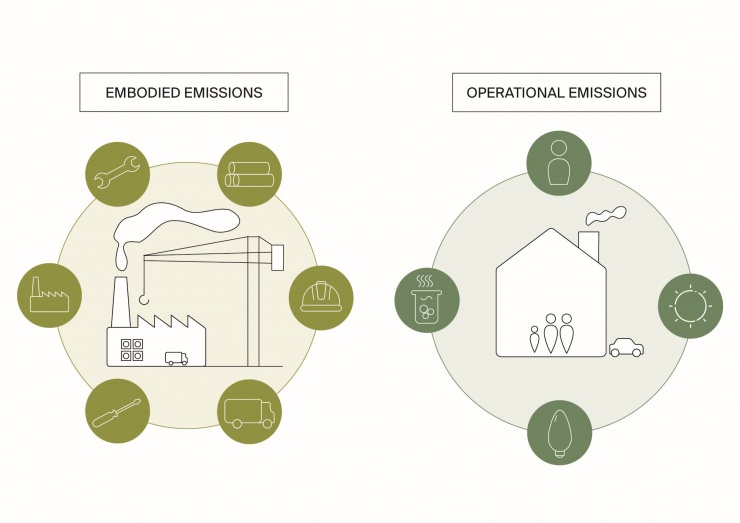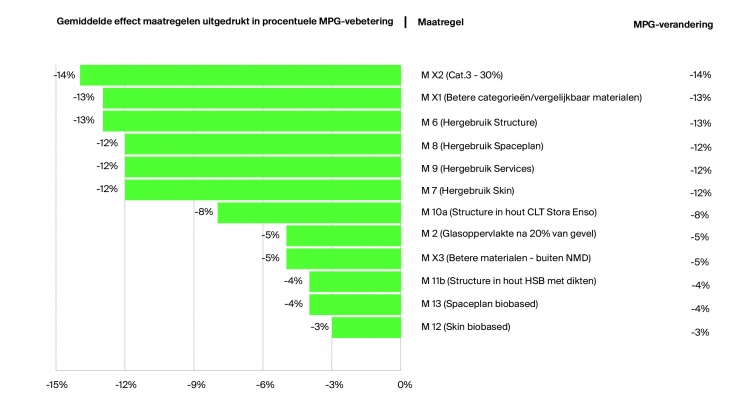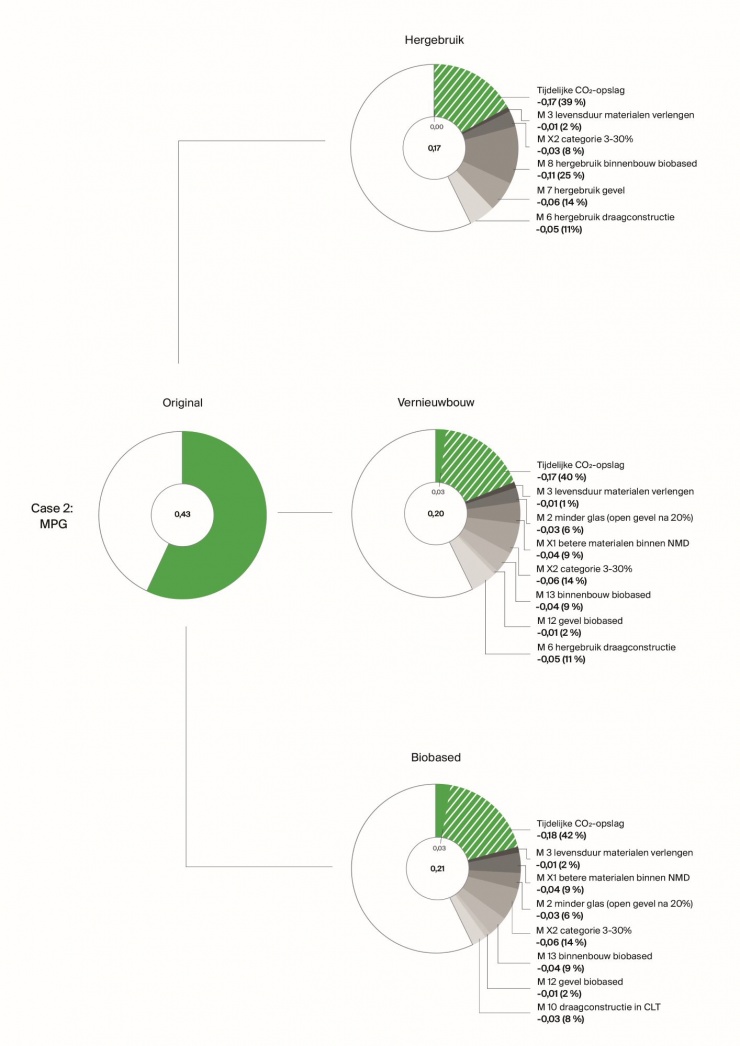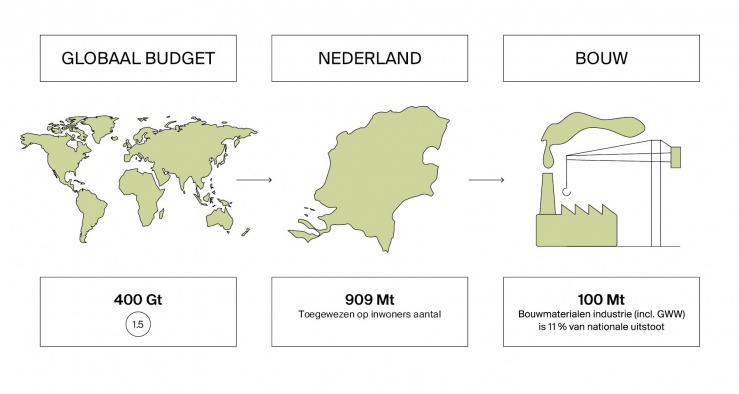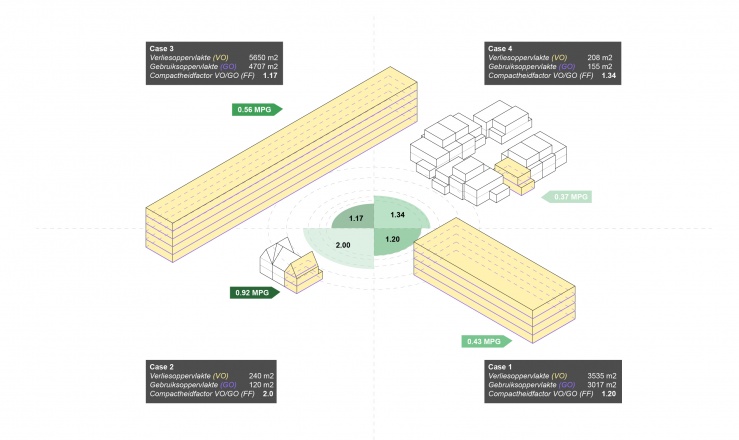-
Research on low environmental impact housing construction
-
Transitieteam Circulaire Bouweconomie (RVO)
-
completed, 2022
-
2018-CBD
-
Martin Sobota, Ralf Schramm, Piotr Kalbarczyk, Alexander Wolf, Martina Farrugia
-
Thomas Wellink (RVO), byline
Carbon-Based Design – Steps to Zero
The Netherlands needs 1 million new homes before 2030. How can we ensure that they put as little pressure as possible on the environment? How can we ensure that they meet the challenging climate targets? Even if all future homes are built according to the current agreements (Nearly Energy Neutral Building BENG, and 4% emission reduction in industry), the CO2 budget for construction will run out in 2026.
This research is a continuation of the earlier report from 2021 ' Carbon-Based Design , research into the environmental impact of residential construction'. The focus is on the embodied carbon (the material-bound emissions from the production and construction process). Which components have the greatest impact on total emissions and how can we adjust our design and development strategy accordingly?
This report goes one step further and quantifies the untapped potential for the reduction of environmental impact in buildings. With four cases, we aim to bring emissions as low as possible, or even to zero. The report compares three strategies: reuse, renovation, and biobased construction. We do this with the MPG method, which portrays the total environmental impact of a building over its entire life cycle, which is the current Dutch legal framework. Alternatively, with the Paris Proof method by the Dutch Green Building Council (DGBC) we test these results to see if they fit within the CO2 budget. Going beyond the legal framework, we also quantify the potential of Carbon storage in these three strategies.
-
Research on low environmental impact housing construction
-
Transitieteam Circulaire Bouweconomie (RVO)
-
completed, 2022
-
2018-CBD
-
Martin Sobota, Ralf Schramm, Piotr Kalbarczyk, Alexander Wolf, Martina Farrugia
-
Thomas Wellink (RVO), byline
